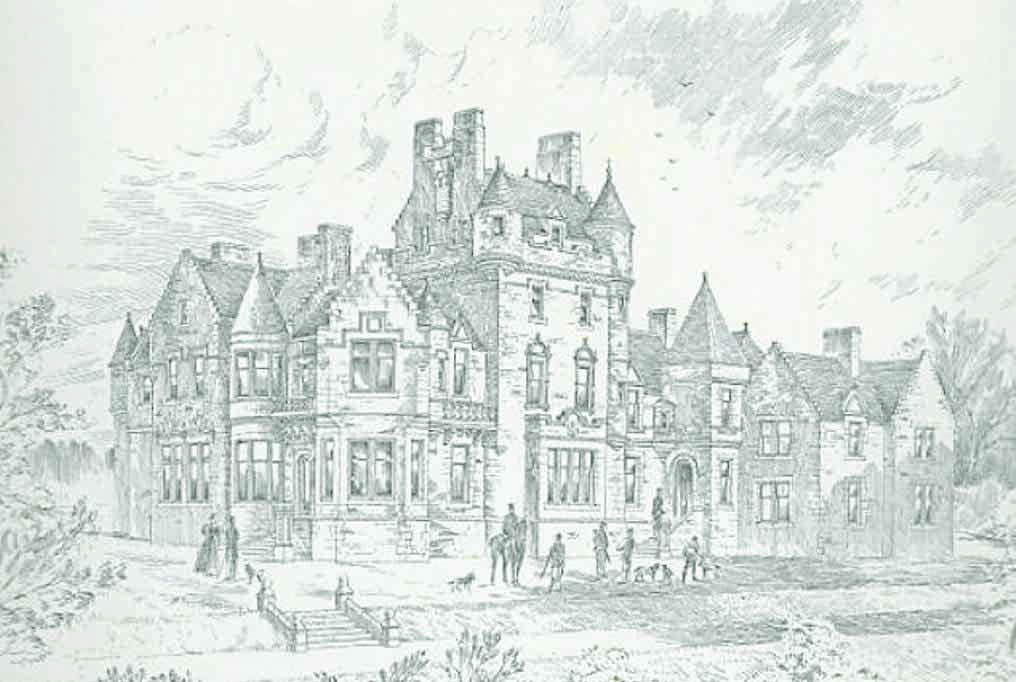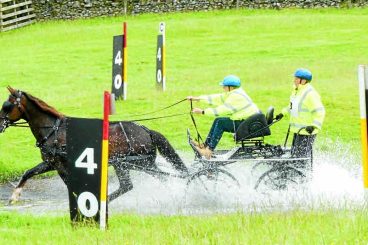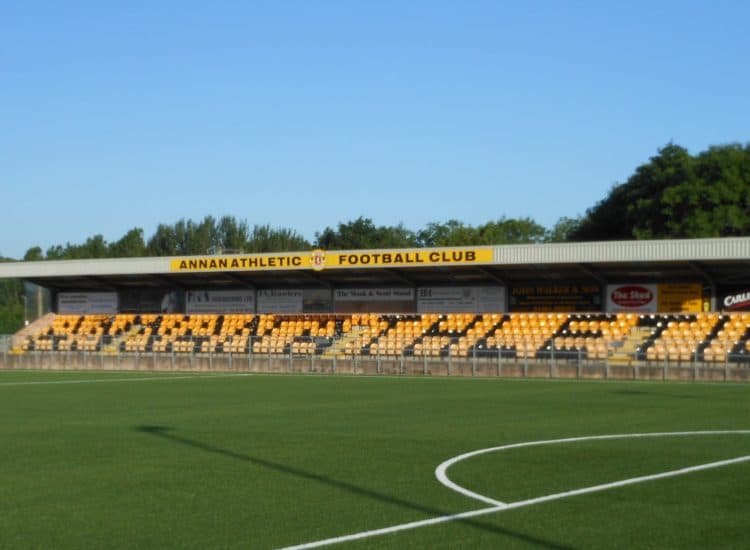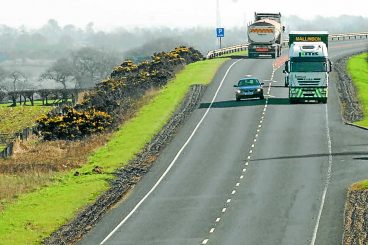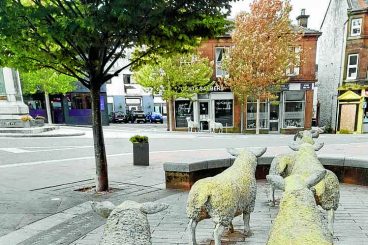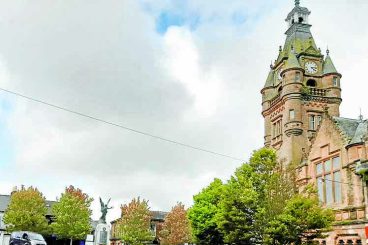He attended last week’s meeting of Lockerbie and District Rotary Club to tell the story of Milkbank House.
Robin’s family have been in the Whitehill Estate near Lockerbie for around 800 years. The historic estate is around 1000 acres and includes Milkbank House.
Robin said: “I am going to give you the brief history of ‘Milkbank’ because the house was only finished in 1901, then my grandfather took the roof off in 1952 and it is now a ruin with trees growing up through it.
“It is situated on the west bank of the Water of Milk between Kettleholm and Whitehill House.”
He then went back in time to his great, great, grandfather’s brother William Ogle Bell-Irving, who was born in 1851 and worked for Jardine, Skinner and Co., trading in India, as well as being president of the Bank of Bombay.
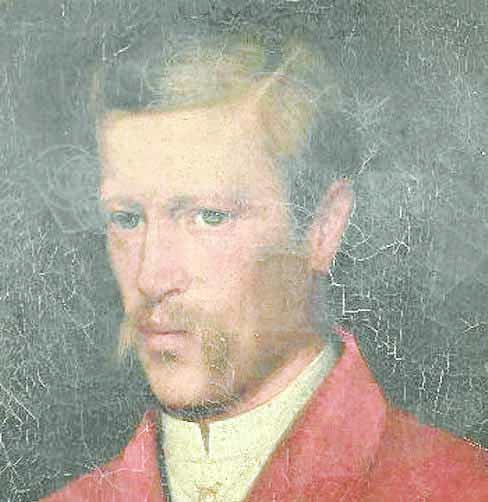
Robin said: “He made a considerable amount of money and decided to spend it on having a house built. He had, however, inherited a splendid Georgian house at Milkbank and decided it wasn’t big enough so decided that he wanted a larger house. In 1896 he employed Frank J C Carruthers, architect, Buccleuch Street, Dumfries to design such a house and eventually got a local builder, George McIldowie from Annan, to build it.
“The sandstone came from Corsehill Quarry and, as was the case at this time, the stone masons were amazing as can be seen at a number of other houses built at this time.
“This can be seen with the sculptured crest of the Bell-Irving’s showing the ‘holly’ for the Irvings and the ‘bells’ for the Bells. In the hallway it was decided to have a mosaic made from Italian marble and installed by a number of skilled Italian craftsmen. I was privileged some years ago to have spoken to someone who had witnessed this being done at the turn of the century, who told me that these Italians had spent weeks putting the mosaic into place and then polishing it to get it absolutely smooth. The front steps leading up to the hallway are also made of marble and very shallow being around four inches high because William suffered from polio.”
He described how on entering the “enormous hall” it was open right up to the top floor with balconies on each floor, adding: “It was, to say the least, an enormous house for a bachelor who never married.
“The original Georgian house on the site was incorporated into the new house and made into the kitchens
“William moved into the house on its completion in 1901 but sadly died in 1904. His brother, my great grandfather John Bell Irving, inherited ‘Milkbank’ after William’s death, but it was superfluous to requirements as he already had somewhere to live. He died in 1925 and it was inherited by my grandfather, who returned from trading in Hong Kong at this time.”
However, in 1940 ‘Milkbank’ was requisitioned for military occupation during World War II, as a transit camp. The house was used by the officers and the field below it was full of Nissen huts. It was handed back to the family in 1949.
Robin continued: “My grandfather went through a post war economy campaign. As too much money was being spent on rates for ‘Milkbank’ and no one was living in it, he decided in 1952 to take the roof off. So, as you see ‘Milkbank’ had a very short life.”





